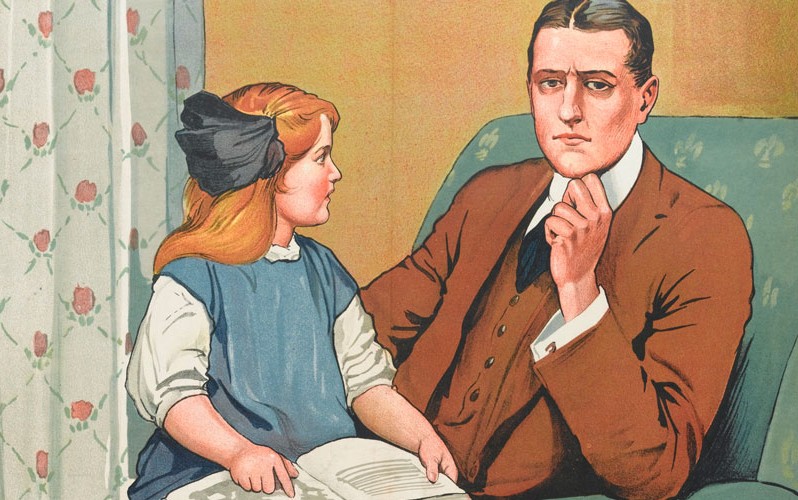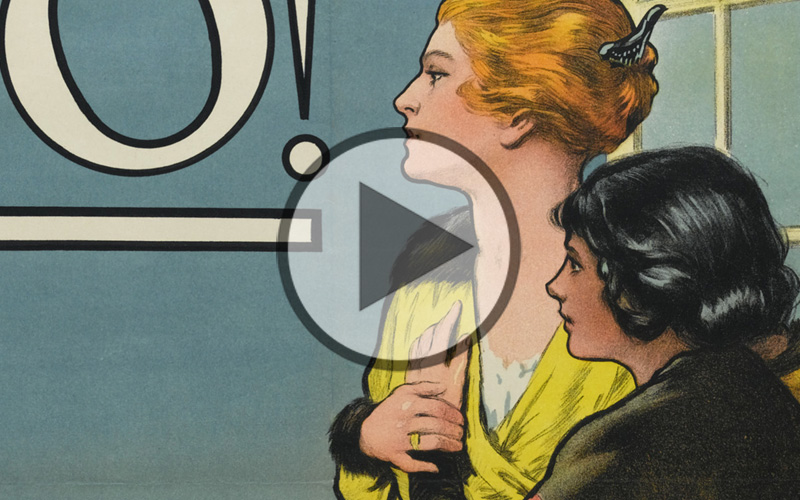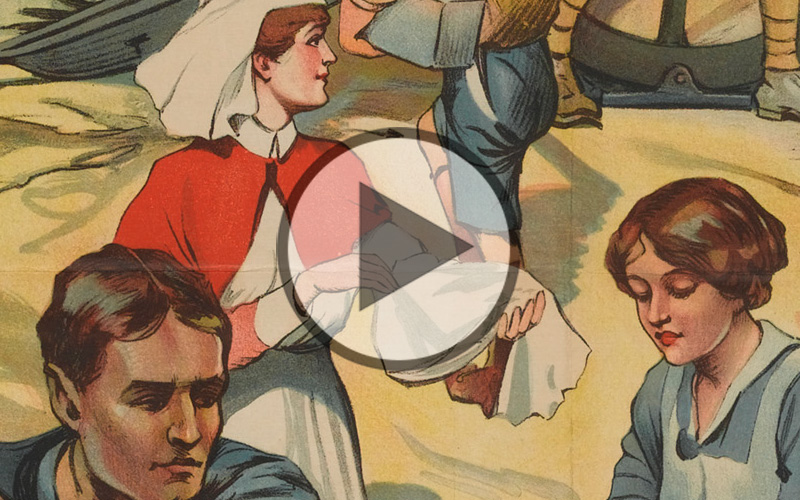The National Army Museum has produced a series of learning videos, exploring how Britain used propaganda as a recruiting tool in the First World War. Here’s what we got up to!
At the beginning of the First World War, the British Army consisted of 750,000 soldiers compared to a German strength of 4.5 million. By October 1914 it had become clear that the war would not be over any time soon, and that Britain needed to create a mass volunteer army.
The British government therefore launched a poster-based recruiting campaign, using intelligently manipulated content to persuade civilians throughout the Commonwealth to join the war effort.
As well as looking at the historical background to these recruiting posters, the NAM Learning Team was keen to examine the persuasive techniques used, and compare them with those employed today. They took a team of historians and a selection of posters to brand communication company Small Back Room and asked their creative director, Farhan Urfi, to provide a modern perspective.
As the videos explain, one of the techniques used was to instil a sense of shame or guilt among potential recruits. The aim was to make non-enlistment a stigma at a time when the numbers volunteering for the Army was declining.
Posters with titles like ‘Daddy, what did YOU do in the Great War?’ suggest that those who did not sign up could suffer embarrassment or mockery.
In the poster ‘Women of Britain Say, GO!’ a British woman is depicted with a Belgian refugee who has fled the invading German forces. Here, the poster aims to harness the influence of women – mothers, wives, daughters – to encourage men to join the war effort.
Other posters aimed to create a united ideology in which all civilians must join together. ‘Are YOU in this?’ presents a hierarchical view of a society at war, with servicemen at the top and civilians below, all contributing to the war effort. It hints at the varied roles needed to sustain the war, including a nurse and a Boy Scout who acts as a messenger.
However, the curators explain how the underlying theme of shame is still present in the form of ‘the slacker’, and suggest how this would have been received during the war.
Despite an investment of millions, the recruiting campaign did not obtain the results the British government had hoped for. Yet, thousands of brave civilians did answer the call to arms, and played a huge part in the war effort.
You can find all six videos in this series in our In Focus section.
 First World War in Focus
First World War in Focus




